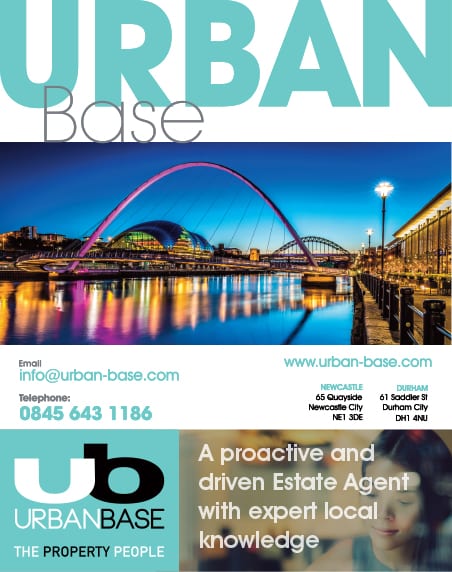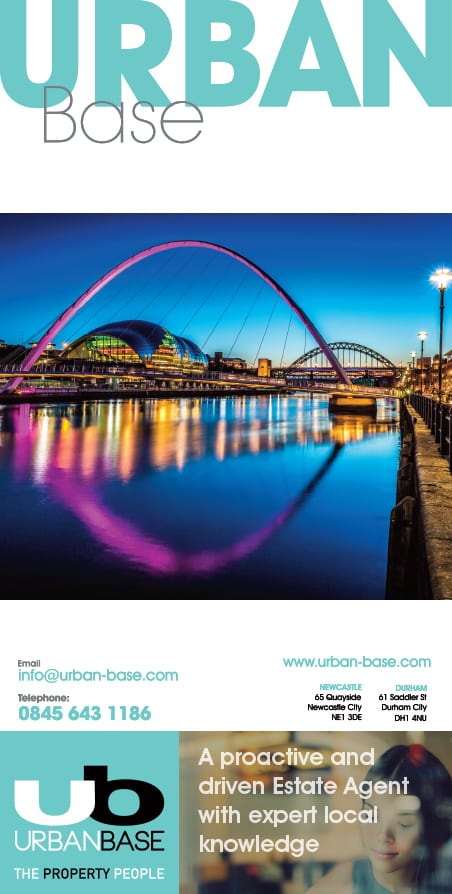By Neil Turner, Director, Howarth Litchfield
Each month I ponder on what I should write about, and often the topic picks itself. This last week, many of my clients, on a variety of projects, have been considering how to achieve cost certainty.
I have been expressing the importance and benefits of forward planning, whilst working with them to estimate the right amount of contingency cost for their projects.
I have previously written about the value of quantity surveyors and estimators, and in a period of continuous high inflation and volatile building rates, their job is tough at the moment.
I took a break last weekend and watched an episode of Grand Designs, featuring a family whose project costs spiralled upwards. Their project became far longer than planned, and stress grew. Great television, but I really felt for the poor family.
It is unproductive to go into a project with unrealistic project cost estimates. The last four years have seen a steep rise in material and labour costs. At each stage of a project, there should be a cost plan prepared. This promotes decision-making at early stages. If difficult conclusions need to be made, it’s better that they are made at the start of a project.
Once you have your cost plan for your dream house or new factory, adding contingency costs is wise. These are often added at a minimal level, so are completely ineffective. A sufficient amount of money needs to be budgeted for contingencies, as it is better to have some left over, than not enough to complete the project.
There are many words used in the industry for contingency: provisional sum, optimum bias, risk pot, reserve costs, etc. In simple terms, it is ‘rainy day money’; a sum of money allowed in the project for aspects that are unforeseen. A project development team should be able to design out the risks and advise you on a realistic amount.
At the moment, clients often have several types of contingencies: one allowing for the inflationary impact over the coming months, others for unpredictable factors on their project. So, when planning a project, budget an extra sum and take advice from your team on the amount. This will depend uniquely on the complexity of your project. It doesn’t have to be spent, but you will thank yourself later if you need to draw upon it.
As ever, getting the advice of a good architect, project manager and QS, will help you plan through these difficult concepts and convert them into real budgets that reflect the current market conditions. I would encourage everyone to ask about this element of projects.
Contractors also want every project to have an affordable plan. They will always assist in finding more economic solutions, alternative methods of construction and different materials. However, if a project has no reserve or contingency, then problems are almost inevitable. Therefore, seeking their advice on the level of contingency is also essential.
As to the unlucky family on Grand Designs, they were left with a part-finished house, a larger bill than planned and an unenjoyable experience. Early contingency cost planning would have saved a great deal of heartache and debt to pay off.
Neil Turner, Director, Howarth Litchfield can be contacted on 0191 3849470 or email n.turner@hlpuk.com
www.howarthlitchfield.com


